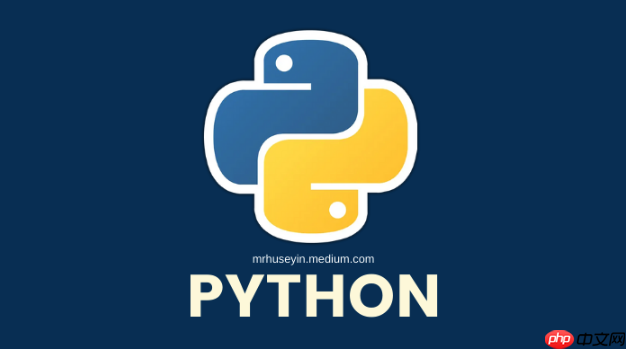多进程在CPU密集型任务中性能优于多线程,因GIL限制多线程并行;而多线程在IO密集型任务中表现良好,适合高并发等待场景。

在python中,多线程和多进程是实现并发编程的两种常见方式。但由于GIL(全局解释器锁)的存在,多线程在CPU密集型任务中表现不佳,而多进程则能真正利用多核优势。下面通过实际测试对比两者的性能差异。
测试场景设计
为了公平比较,我们设定两个典型任务:
- CPU密集型任务:计算大量数字的平方和
- IO密集型任务:模拟网络请求延迟(使用time.sleep)
分别用单线程、多线程、多进程执行,记录耗时。
CPU密集型任务性能对比
代码示例:
立即学习“Python免费学习笔记(深入)”;
import threading import multiprocessing import time <p>def cpu_task(n): return sum(i * i for i in range(n))</p><p>def single_thread<em>cpu(n, loops): for </em> in range(loops): cpu_task(n)</p><p>def multi_thread<em>cpu(n, loops, threads=4): def worker(): for </em> in range(loops // threads): cpu_task(n) threads<em>list = [threading.Thread(target=worker) for </em> in range(threads)] for t in threads_list: t.start() for t in threads_list: t.join()</p><p>def multi_process_cpu(n, loops, processes=4): with multiprocessing.Pool(processes) as pool: pool.map(cpu_task, [n] * loops)</p><h1>测试参数</h1><p>n = 10000 loops = 20</p><h1>单线程</h1><p>start = time.time() single_thread_cpu(n, loops) print(f"单线程耗时: {time.time() - start:.2f}s")</p><h1>多线程</h1><p>start = time.time() multi_thread_cpu(n, loops) print(f"多线程耗时: {time.time() - start:.2f}s")</p><h1>多进程</h1><p>start = time.time() multi_process_cpu(n, loops) print(f"多进程耗时: {time.time() - start:.2f}s")</p>
结果分析:
- 多线程耗时接近甚至超过单线程,因为GIL限制了并行执行
- 多进程显著快于前两者,充分利用多核CPU
IO密集型任务性能对比
模拟IO操作(如网络请求):
import time import threading import multiprocessing <p>def io_task(seconds): time.sleep(seconds)</p><p>def single_thread<em>io(loops, sec=0.1): for </em> in range(loops): io_task(sec)</p><p>def multi_thread<em>io(loops, sec=0.1, threads=4): def worker(): for </em> in range(loops // threads): io_task(sec) threads<em>list = [threading.Thread(target=worker) for </em> in range(threads)] for t in threads_list: t.start() for t in threads_list: t.join()</p><p>def multi_process_io(loops, sec=0.1, processes=4): with multiprocessing.Pool(processes) as pool: pool.map(io_task, [sec] * loops)</p><h1>测试参数</h1><p>loops = 40 sec = 0.1</p><h1>单线程</h1><p>start = time.time() single_thread_io(loops, sec) print(f"IO-单线程耗时: {time.time() - start:.2f}s")</p><h1>多线程</h1><p>start = time.time() multi_thread_io(loops, sec) print(f"IO-多线程耗时: {time.time() - start:.2f}s")</p><h1>多进程</h1><p>start = time.time() multi_process_io(loops, sec) print(f"IO-多进程耗时: {time.time() - start:.2f}s")</p>
结果分析:
- 多线程在IO密集型任务中表现优秀,线程休眠时不占用GIL,可切换执行其他任务
- 多进程也能提升效率,但创建开销大,优势不如多线程明显
- 通常IO场景推荐使用多线程或异步(asyncio)
总结与建议
根据测试结果得出以下结论:
- 涉及大量计算的任务优先选择多进程
- 频繁等待外部资源(如网络、文件读写)的任务适合使用多线程
- 多进程间通信成本高,需考虑数据共享复杂度
- 对于高并发IO场景,可进一步尝试asyncio提升效率
基本上就这些。选择哪种方式,关键看任务类型。理解GIL的影响,才能写出高效的Python并发程序。


